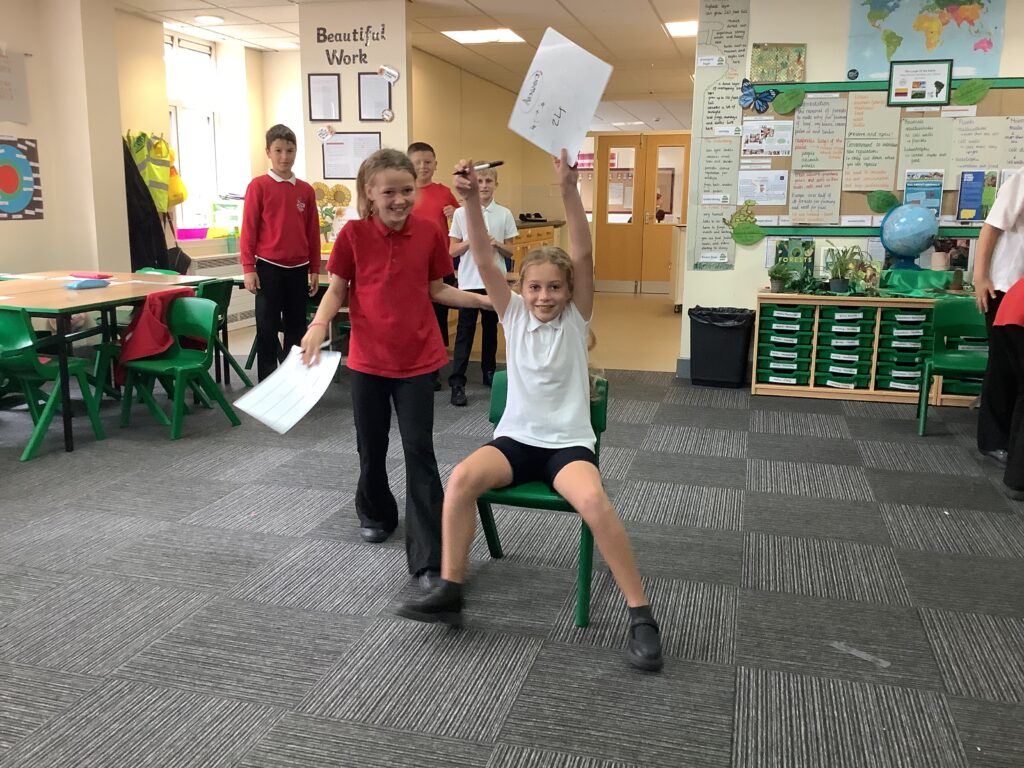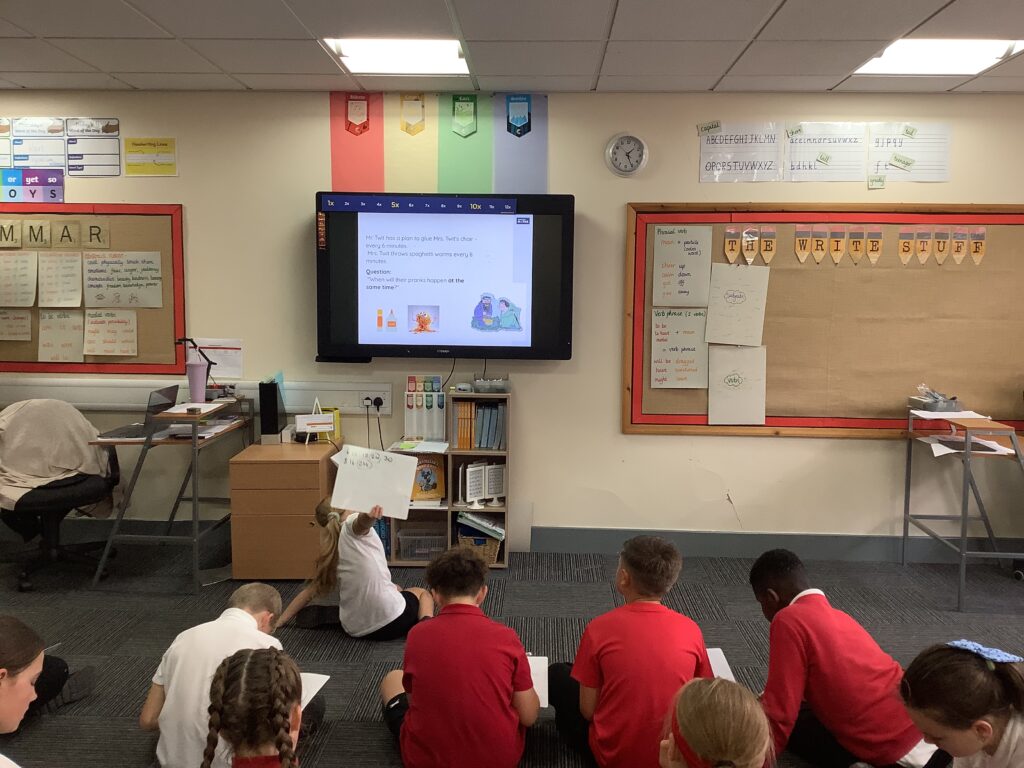Last week in crew they did the cup challenge. They had an elastic band with string tied to it. The children had to pull on the string to stretch the elastic band and put it over a cup. They did this with each cup to make a pyramid.
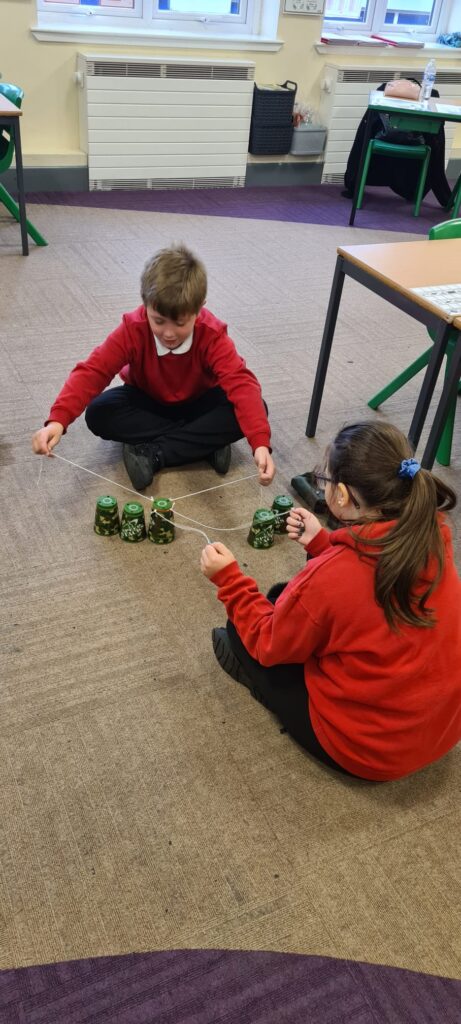
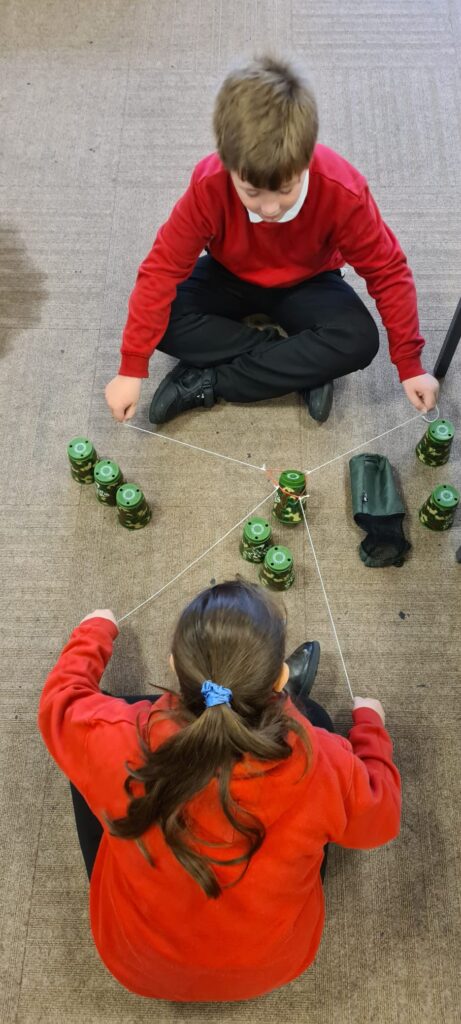
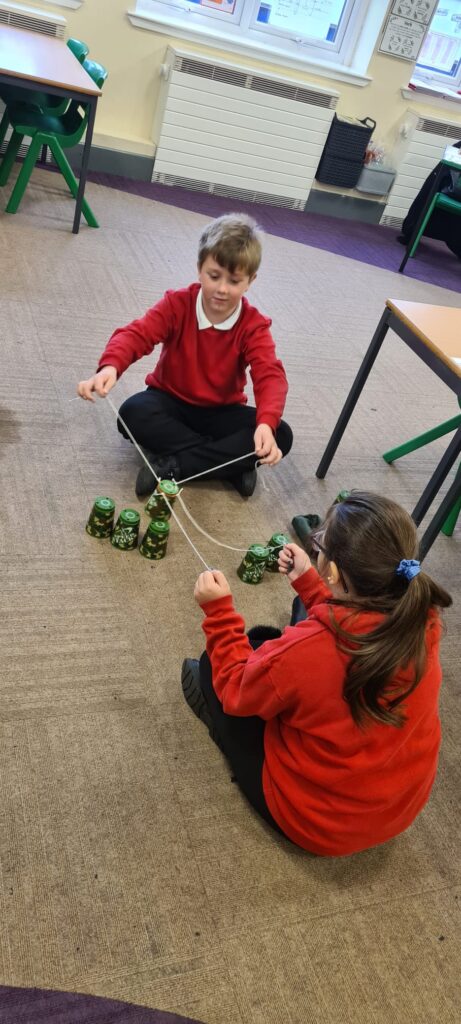
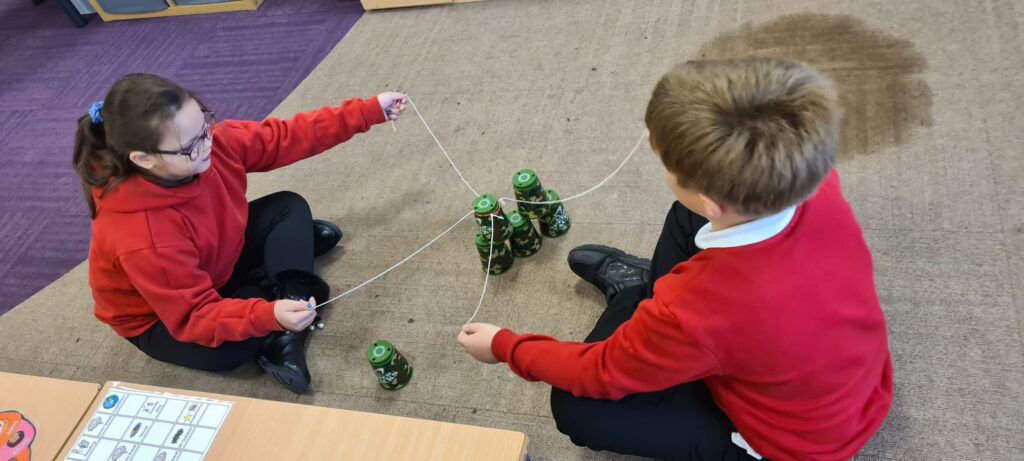
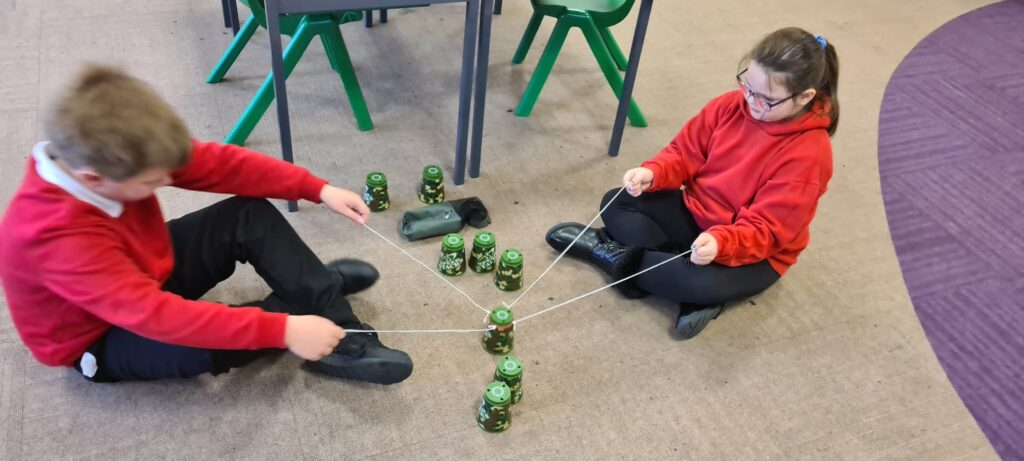
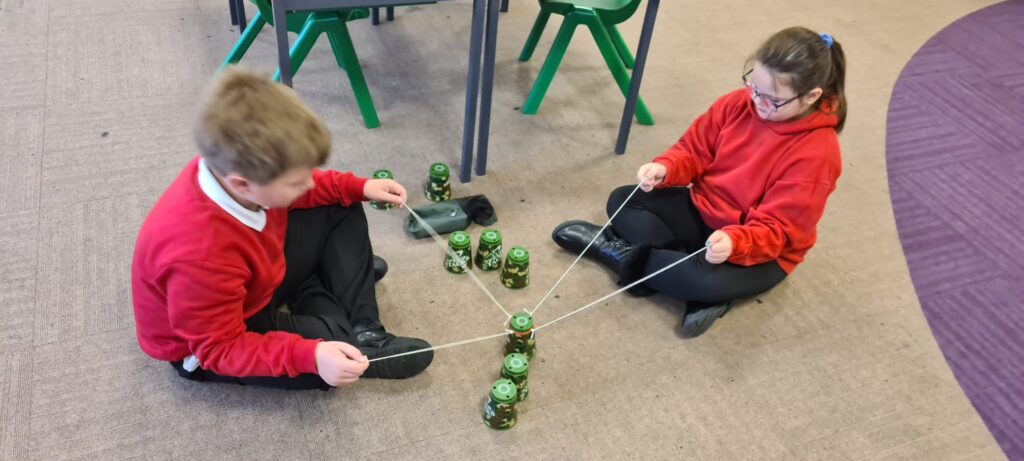
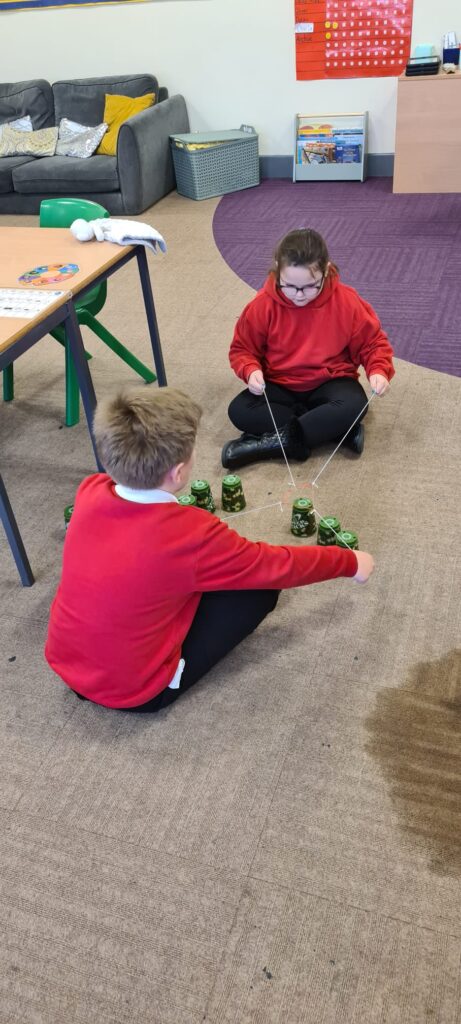
Last week in crew they did the cup challenge. They had an elastic band with string tied to it. The children had to pull on the string to stretch the elastic band and put it over a cup. They did this with each cup to make a pyramid.







We have moved on to our next computing unit which is understanding an algorithm. An algorithm is a clear set of instructions that we give to a computer to fulfil a task that we need it to do. Unfortunately, if the instructions aren’t clear then the computer will become confused. To help with their understanding, the children had to help Miss Shields make a jam sandwich but unfortunately this didn’t go to plan. The instructions Miss Shields received resulted in questionable jam sandwiches.
First, she was told to spread the butter on the bread then spread the jam on the bread. So children were quite surprised when this happened.
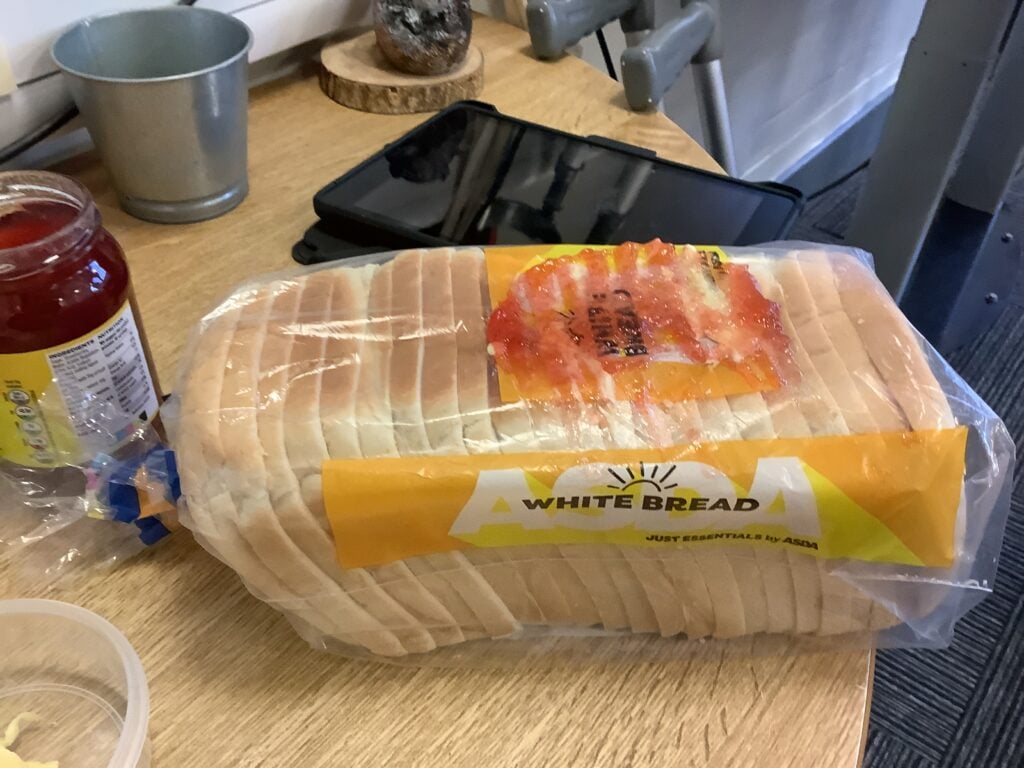
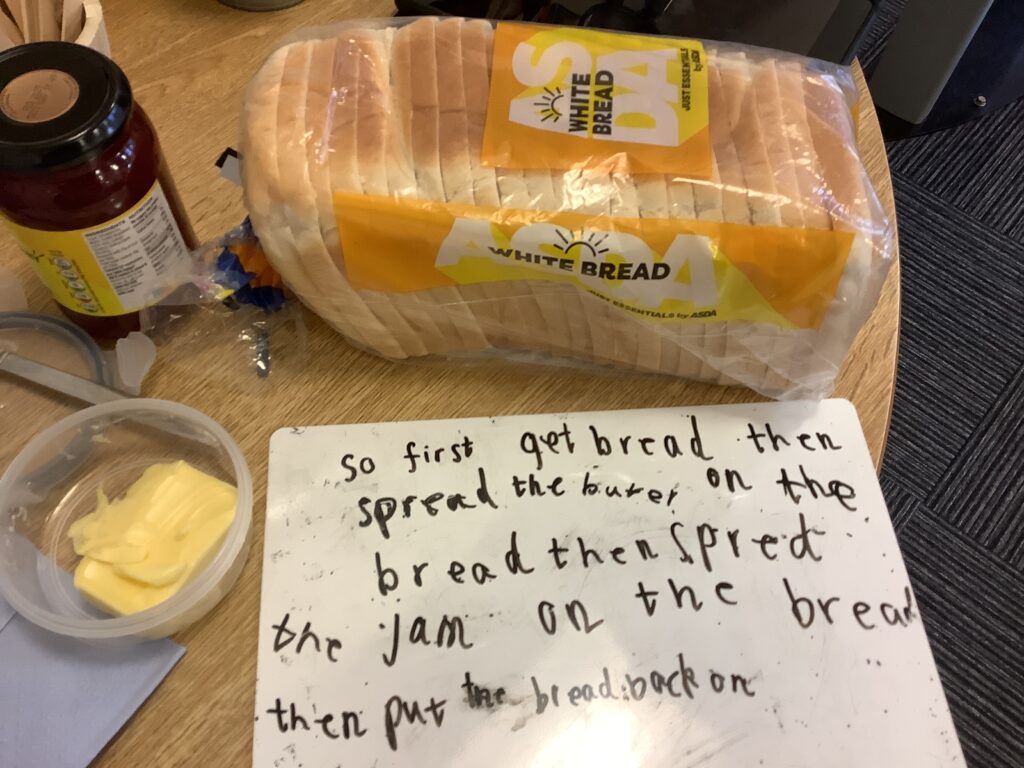
Another set of instructions was to get out the bread, get out the butter and get out the jam but children weren’t happy when I plopped these on the table and not the actual bread.
After a couple of failed attempts, children refined their instructions, however, they forgot to tell Miss Shields to use a knife so they were quite surprised when she spread the butter and jam with her hand. They then remembered to tell me that I needed to use a knife.
By following the unclear instructions, children were able to start understanding that an algorithm has to be clear instructions so that a computer knows exactly what to do and doesn’t get confused.
This week, Crew McLoughlin became young scientists as they learned how to classify different plants. They looked closely at leaves, stems, and flowers – they even got to touch and feel many of the plants to notice their textures and features (but not the cactus, of course)! The crew loved comparing what they found and talking about how scientists group plants based on their characteristics.

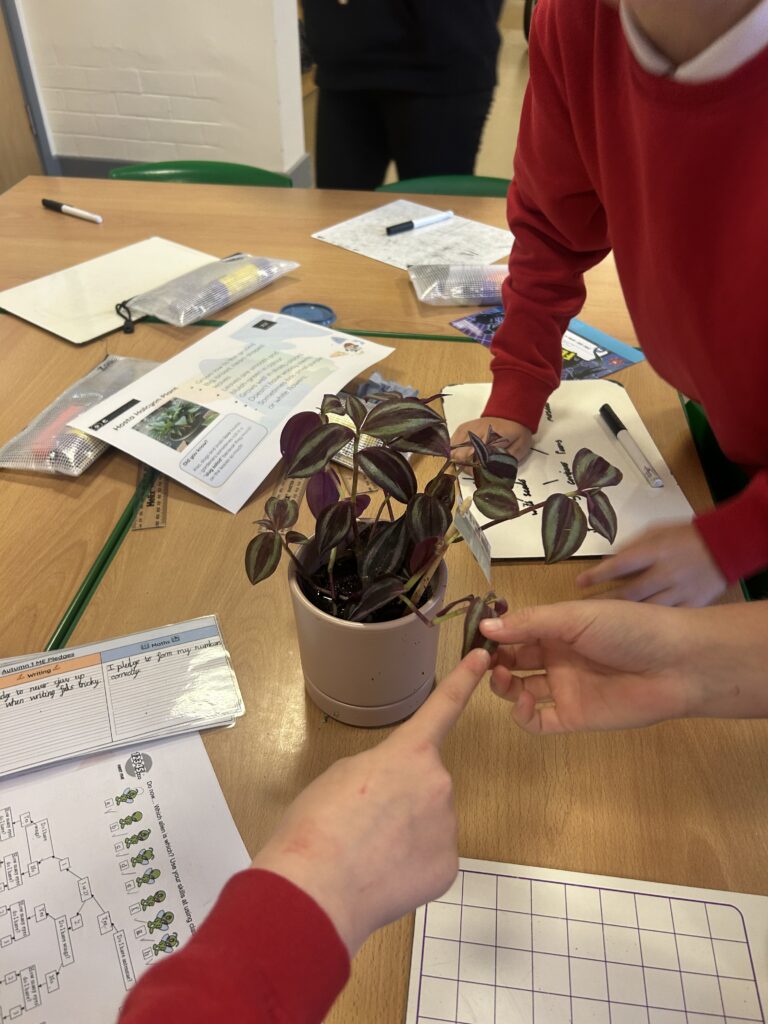

In computing, Year 3 have continued to explore scratch by creating an animation. Children used a variety of blocks to make their sprite move, spin or make a noise. Some children even started to add some dialogue to it. This lesson will support children ahead of the next lesson which will be where they start telling a story using code. Before we finished the lesson, some children shared their animation to the board and what their idea was.

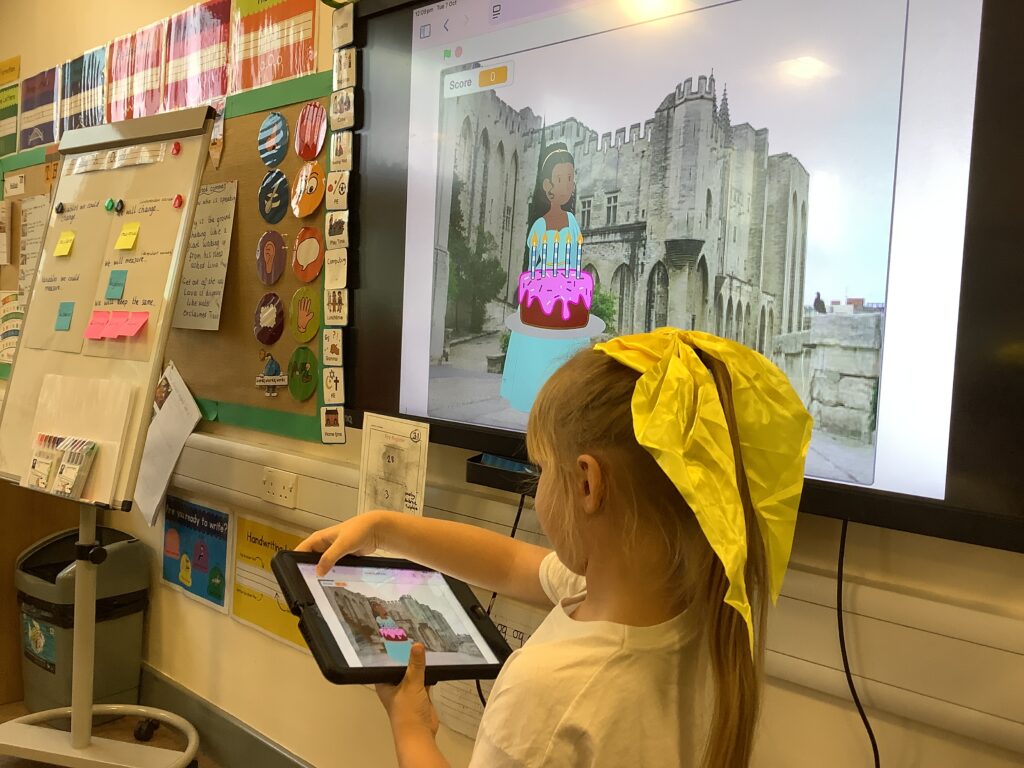
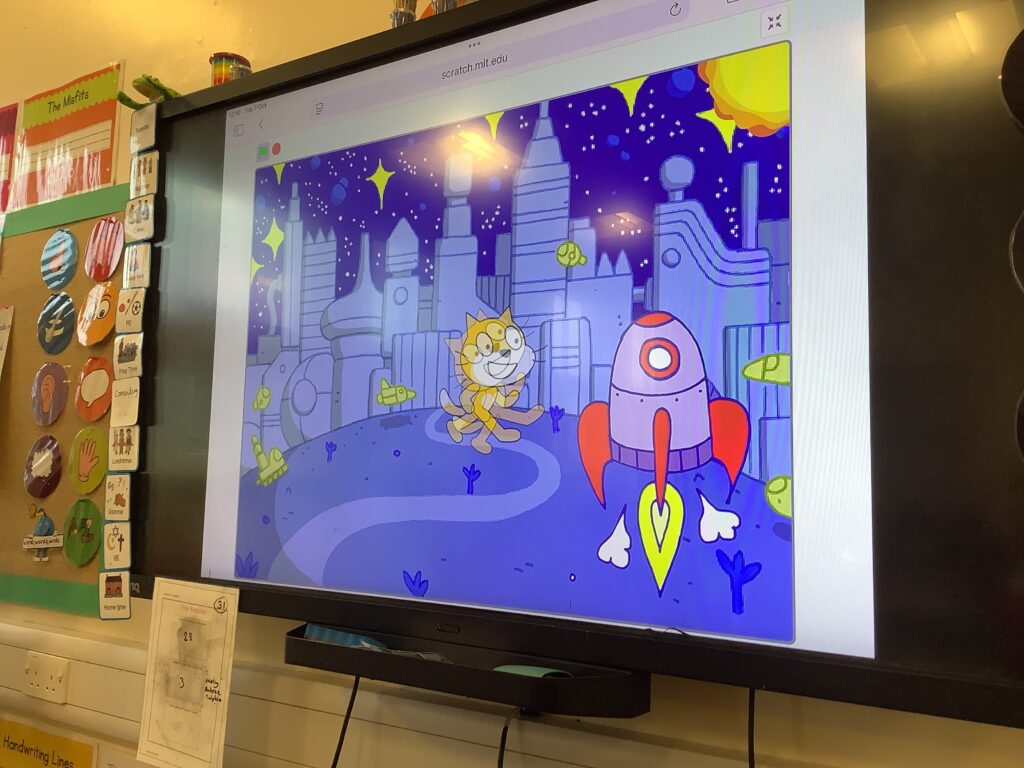

Building on from our last computing lesson, Crew Barber created an invention all together. We discussed the type of invention that we’d like and how we could modify it to suit everyone. We worked through and discussed the shapes we could use and how we would like the machine to work.
Our invention was a food and drinks machine at would allow you to order anything you wanted. You would type in what you wanted and the machine would make it automatically. The crew decided that this invention would be best suited in their bedroom so they could have food whenever they wanted. The winning requests were chicken nuggets, cupcakes or chips.
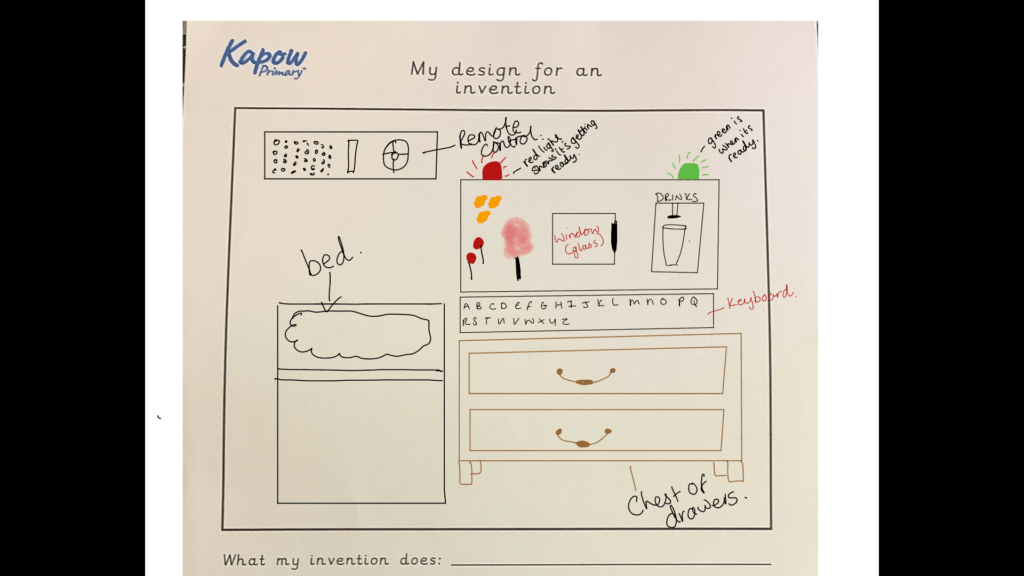
In computing today, children were able to build on their learning from last week by building the code for a timetable game independently. This allowed them to apply their skills from this unit of computing and demonstrate their understanding for coding.

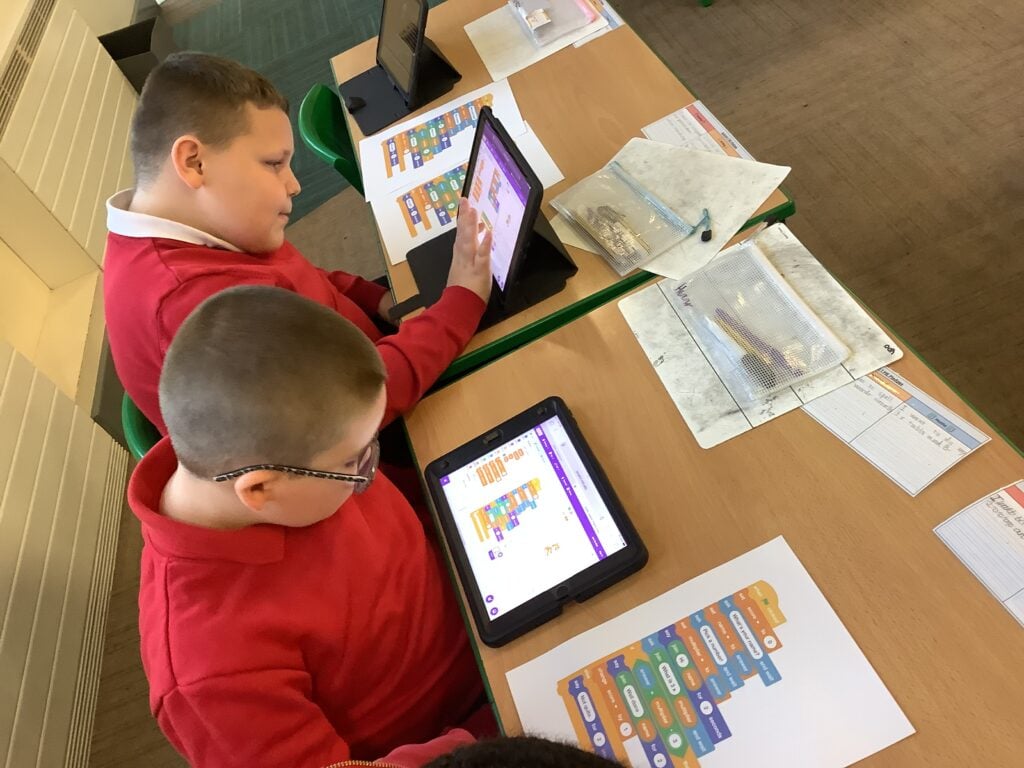
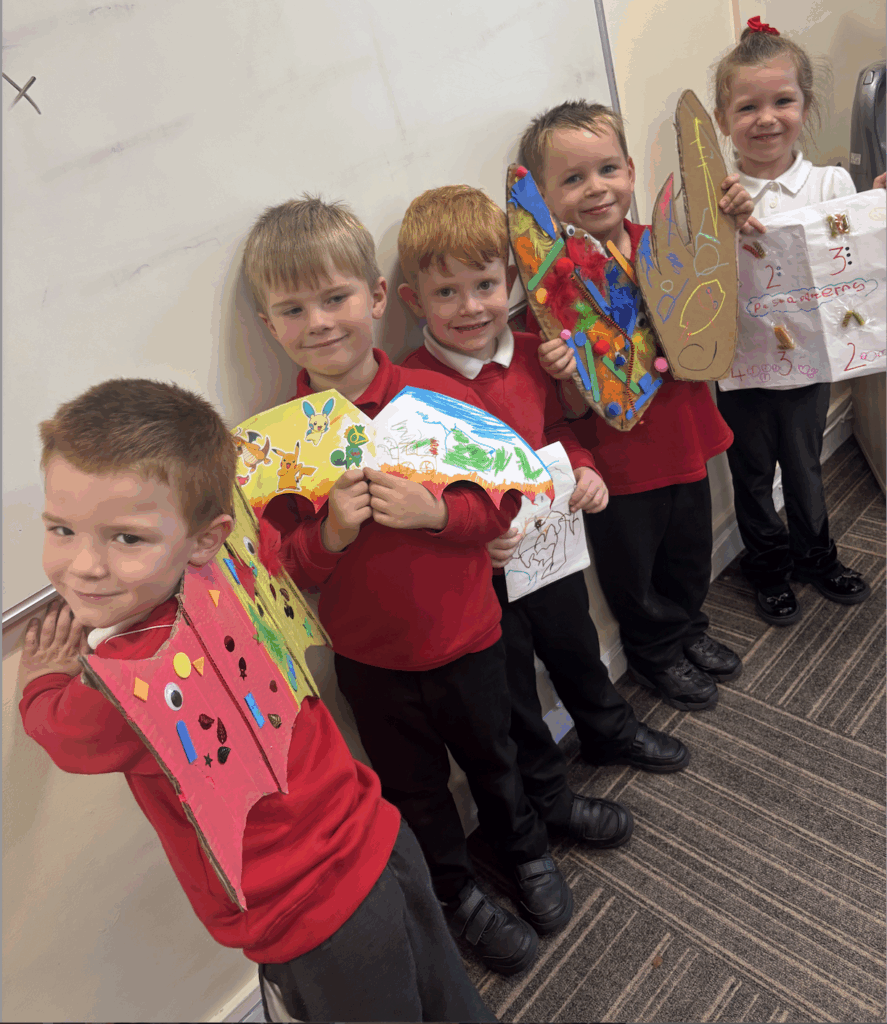
Pupils in Crew McGlone made my day on Friday last week. They not only came to visit me with some beautiful work, what is even better, is that they had created this beautiful work at home as part of their home learning. They have loved their learning in school so much that they wanted to do even more at home. Such beautiful creations! Thank you to their grown up’s too for supporting them to create their work, we appreciate your support and thank you for taking the time to do this.
In Crew Gray, we have started learning how to play the guitar! We are excited to continue developing this new skill and are already making fantastic progress, watch this space…



This afternoon for our science lesson, Crew McLoughlin let their imaginations run wild and became inventors to dream up their very own crazy inventions, inspired by Charlie and the Chocolate Factory. From zipable chocolate bars to unlimited sweet machines, the ideas were as magical as a Roald Dahl story itself.
Crew McLoughlin worked in mini crews to sketch, design, and name their inventions. Each group was challenged to think not only about what their creation would do, but also why we needed it.
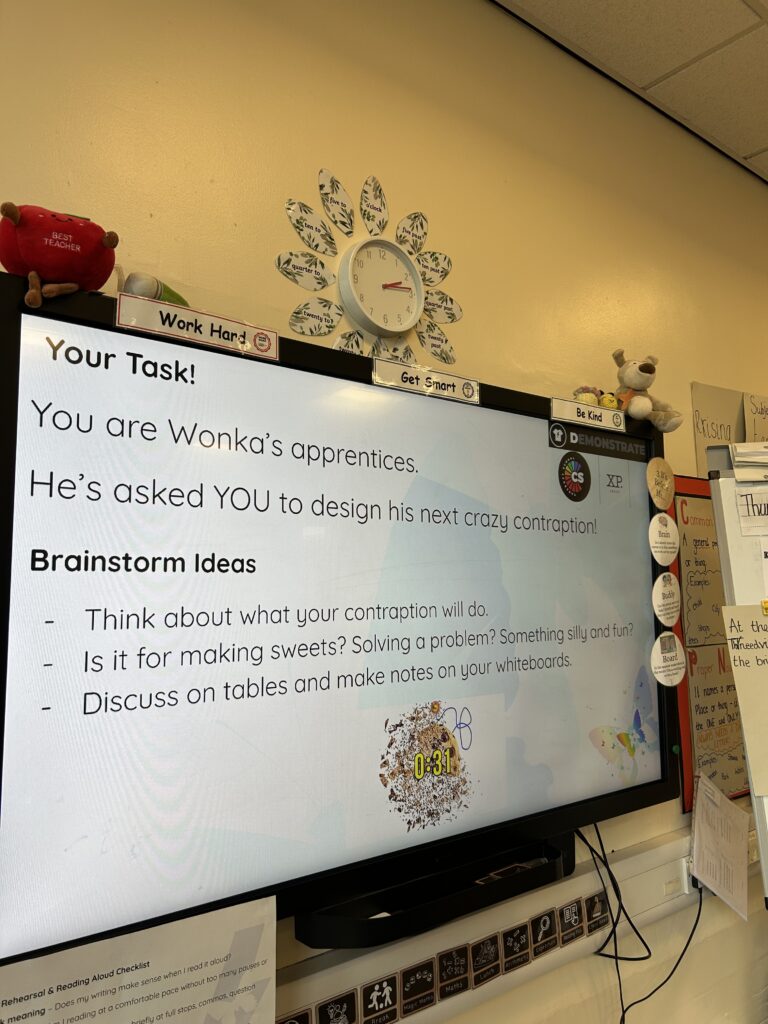
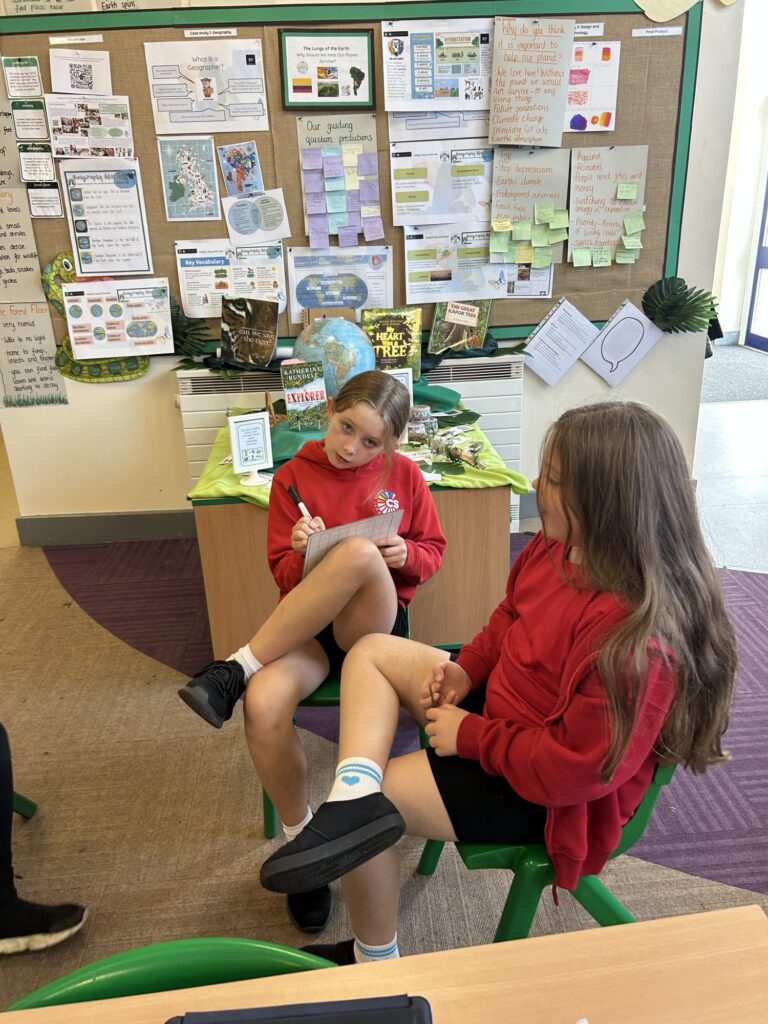
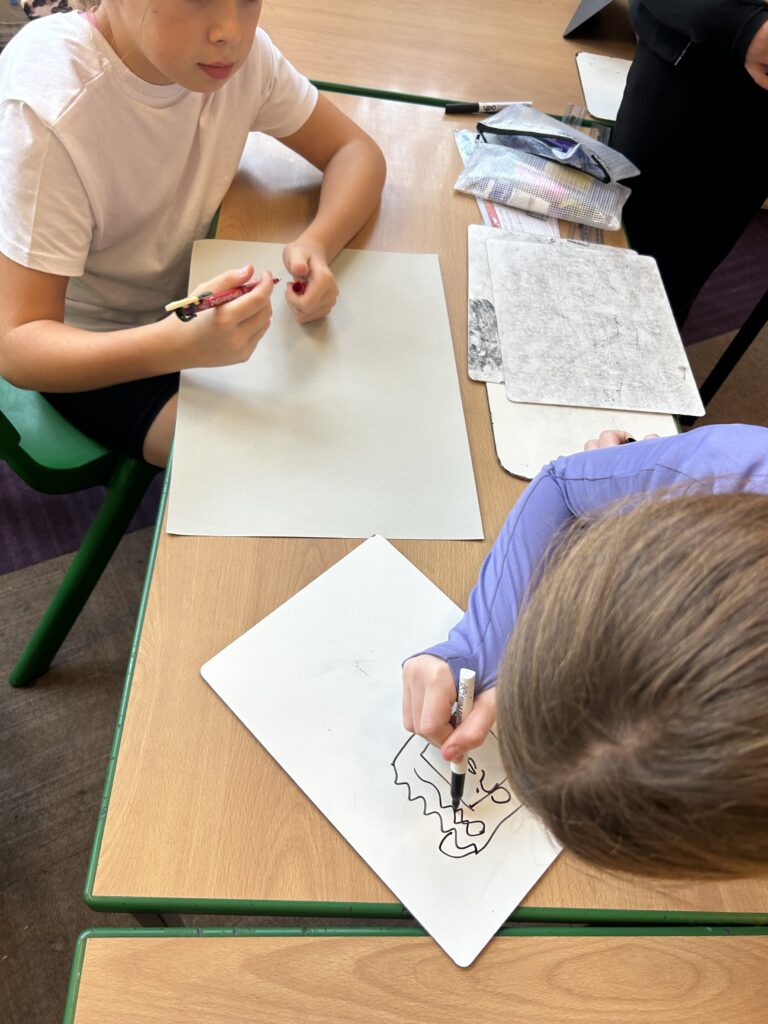
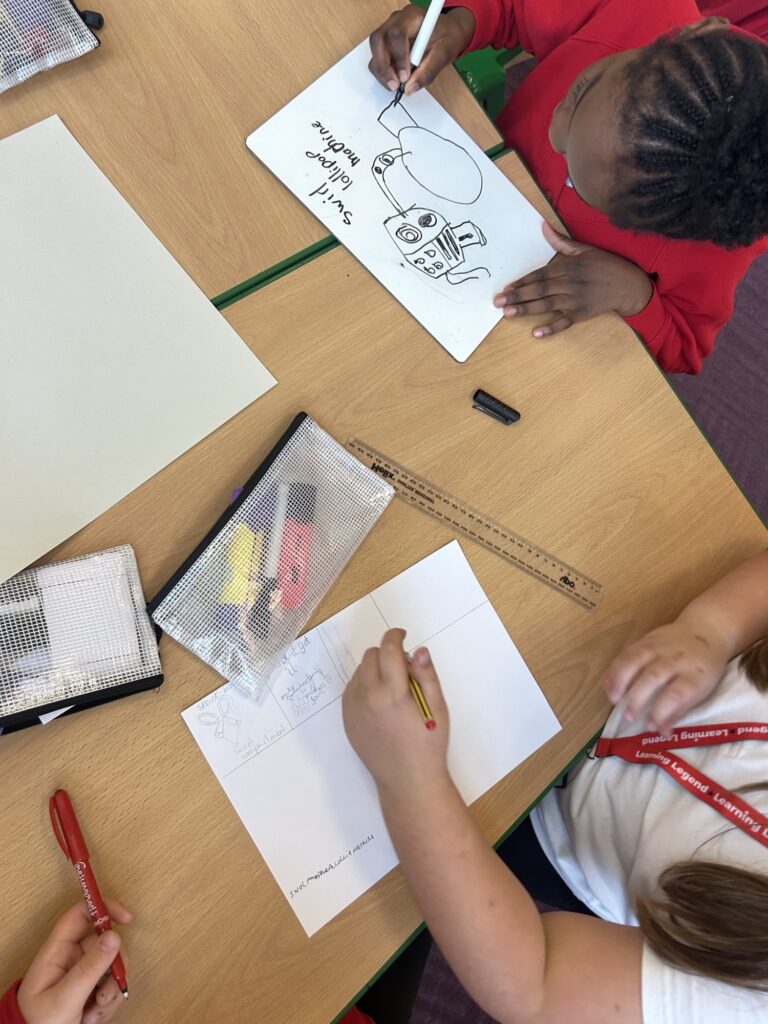

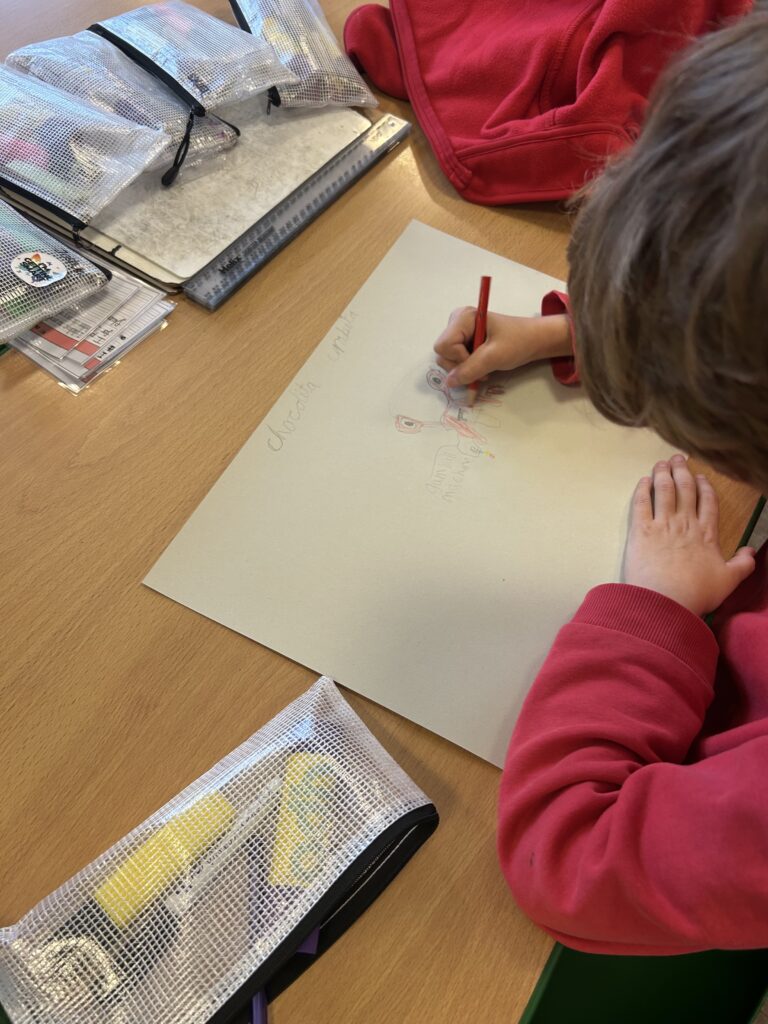
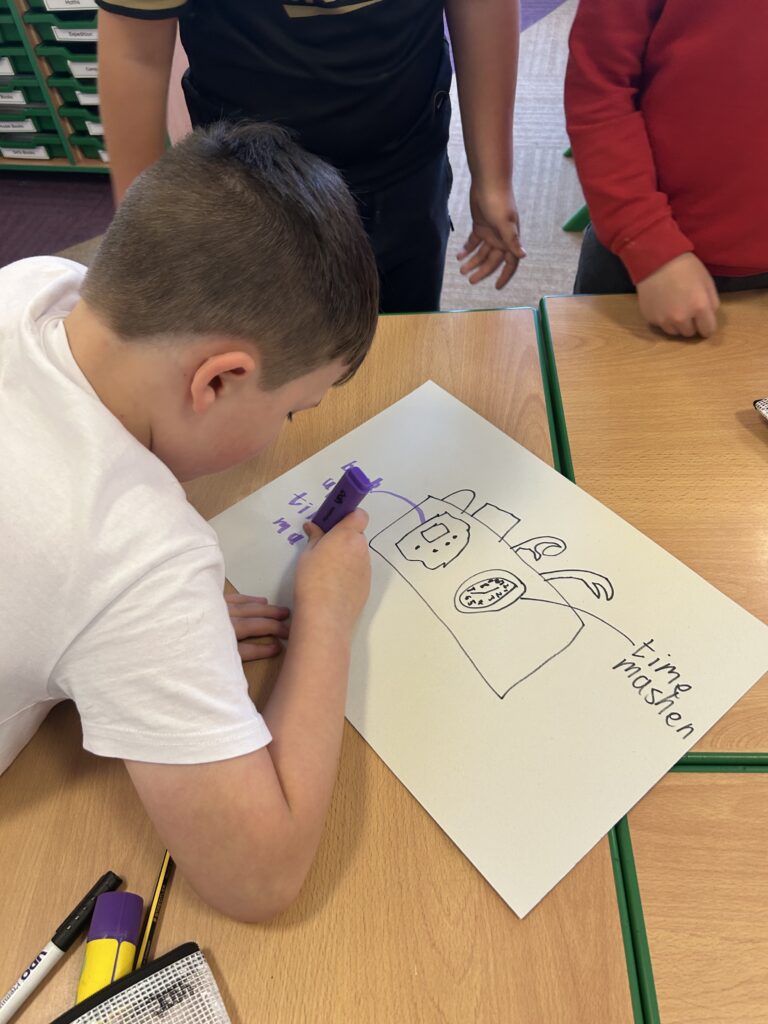


Once the inventions were designed, in true Dragon’s Den style, we presented our designs to the rest of the crew. With confidence and plenty of imagination, the children sold their ideas as if they were about to launch them in the real world. We were all blown away by the originality and enthusiasm of every team, making our decision a very tough one indeed.

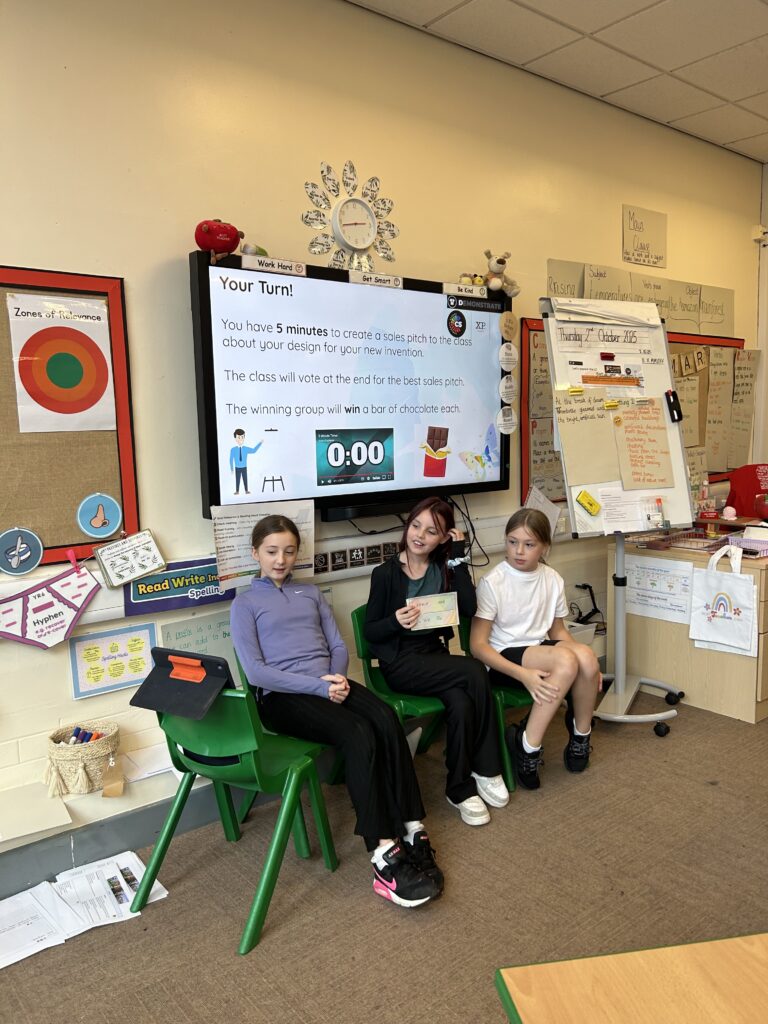




At the end, the crew voted for their favourite sales pitch. The winning teams walked away with the sweetest prize of all—chocolate, of course!

We had so much fun immersing ourselves in all things Roald Dahl. Our lessons were themed around his books, and one of our favourites was the The Twits arithmetic challenge!
We worked in teams to solve tricky riddles based on Mr. and Mrs. Twit’s silly pranks. To crack the codes, we had to use our knowledge of common multiples – it made maths even more exciting!
It was a brilliant way to learn while exploring the weird and wonderful world of Roald Dahl.

